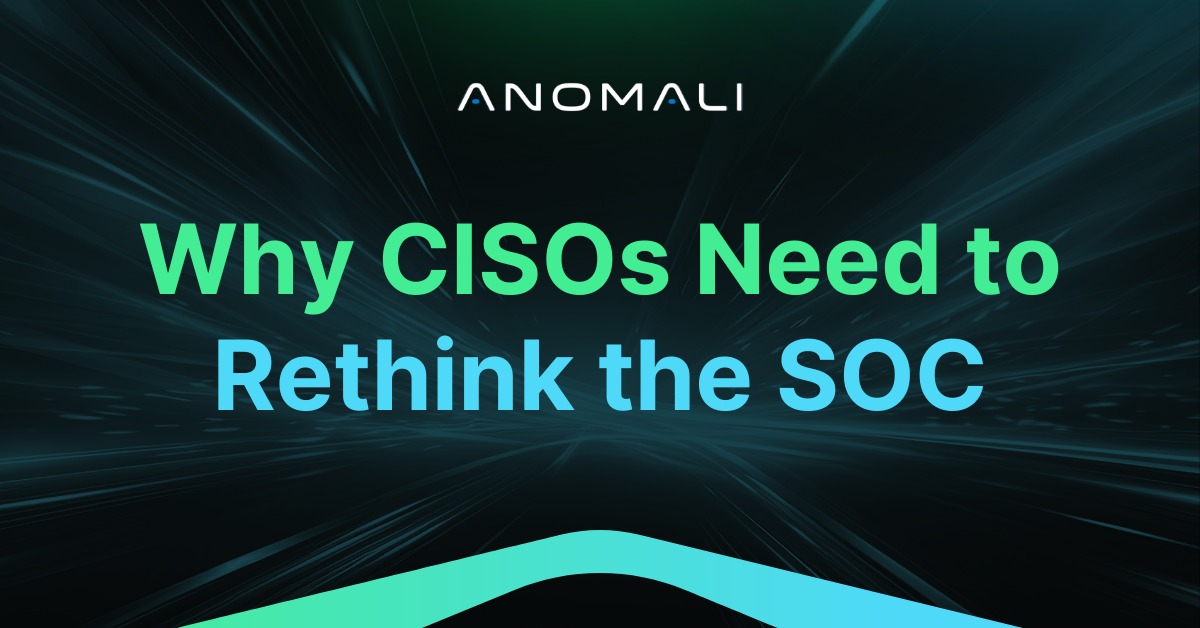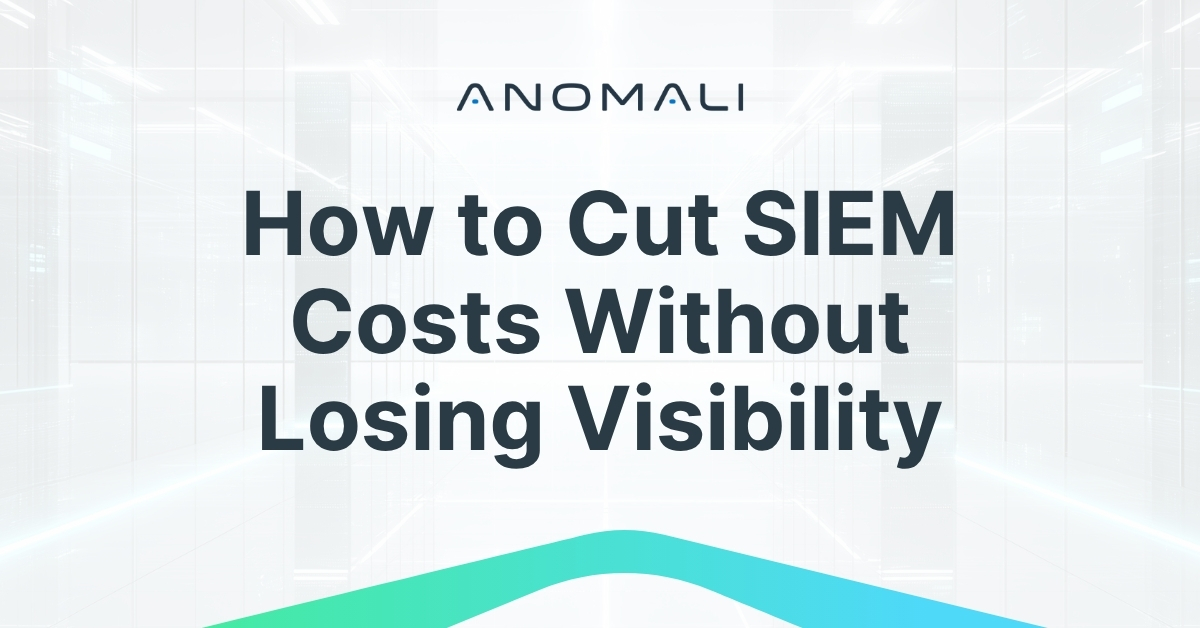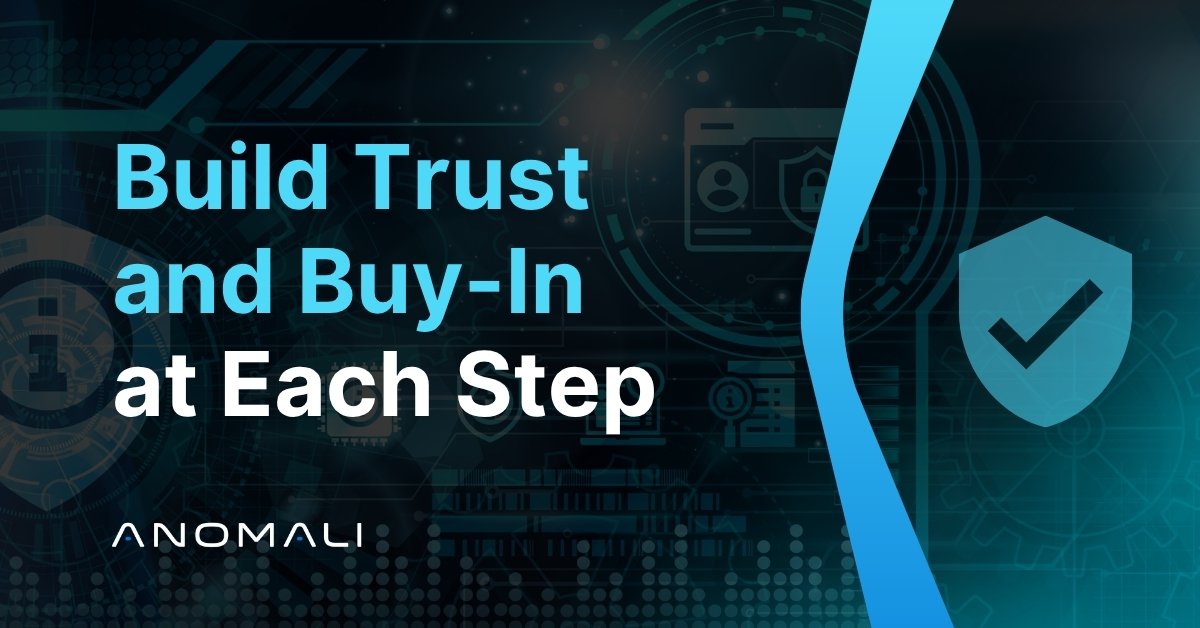Why CISOs Are Embracing the AI-Native SOC
.jpg)

The mission of the security operations center (SOC) is, in theory, straightforward: defend every endpoint, every SaaS app, every third-party integration, and every partner connection that defines modern business.
In practice, it’s anything but simple. The challenge isn’t only the sheer number of threats but the complexity, fragmentation, and scale of the data that defenders are expected to make sense of.
The Pain Point Every SOC Feels
Security teams are drowning in disparate data.
- SaaS applications spitting out their own logs
- Firewalls, proxies, and email systems generating endless alerts
- EDR tools, authentication platforms, privileged account systems, and databases adding to the noise
Every one of these systems is a potential attack surface. Yet most SIEMs still make it prohibitively expensive — or flat-out impossible — to centralize that telemetry.
Meanwhile, compliance requirements keep stacking up. Beyond detecting incidents, leaders must also document every action taken, in real time and with precision.
The reality is that most teams feel stuck. Stuck with tools that don’t scale, approvals that slow response, and budget constraints that make “logging everything” an unrealistic goal.
Enter the AI-Native SOC
This is where the modern AI-native SIEM changes the equation. Rather than serving as passive data collectors waiting for human analysis, AI-native SOCs deliver actionable intelligence at machine speed, turning raw telemetry into decisions and actions.
Here’s what that means in practice:
- One unified data lake: Break down silos by consolidating logs from across the enterprise into a single, searchable store.
- Embedded threat intelligence: Go beyond correlating events. You need a threat intelligence platform (TIP), like Anomali ThreatStream, that understands attack vectors and contextualizes them against your specific environment.
- Autonomous workflows: When confidence levels are high, actions can happen automatically. Whether that's blocking IPs, disabling accounts, or suspending devices automatically, autonomous workflows drive action with no ticket and no lag.
- Cost efficiency: By rethinking the legacy licensing model, AI-native SIEMs can deliver more than 50% savings compared to traditional platforms.
Guardrails for Autonomy
Of course, autonomy raises questions of control. CISOs need assurance that automation won’t outpace oversight.
Agentic AI in cybersecurity isn’t about unchecked automation. It’s about codified best practices, executed faster and at scale with human-approved guardrails.
Think of it as policy-driven precision: when the system detects X, it executes Y — exactly as defined. You know what it will do; it simply does it in seconds instead of hours.
Why This Matters Now
In one instance, a financial institution cut critical incidents by nearly 90% after deploying an AI-native SOC. That’s not an incremental gain; it’s a redefinition of what’s possible.
This transformation addresses the two biggest constraints facing CISOs today:
- Scale: You can’t hire your way out of the volume and complexity of today’s threat environment.
- Cost: Legacy SIEMs force impossible trade-offs between visibility and budget. AI-native models eliminate that compromise.
The Bottom Line for CISOs
The SOC reset is here. Most SIEMs were built for a different era, before SaaS sprawl, distributed workforces, and relentless compliance demands.
AI-native SIEMs are built for the world we actually live in.
Actionable intelligence beats raw data. Autonomous workflows beat manual bottlenecks. And AI-native SOCs deliver both — smarter, faster, and at a lower cost.
Hear more about how CISOs should be rethinking the SOC in this conversation with George Moser, former CISO and current Chief Growth Officer at Anomali, and Pulitzer Prize-winning business journalist Byron V. Acohido.
Discover More About Anomali
Get the latest news about cybersecurity, threat intelligence, and Anomali's Security and IT Operations platform.
Propel your mission with amplified visibility, analytics, and AI.
Learn how Anomali can help you cost-effectively improve your security posture.




